The Guimet Museum Explored the Splendours of Imperial Japan
In an exhibition held in Paris in 2018, the work of major figures in the 19th-century Japanese artistic revival was gathered together.
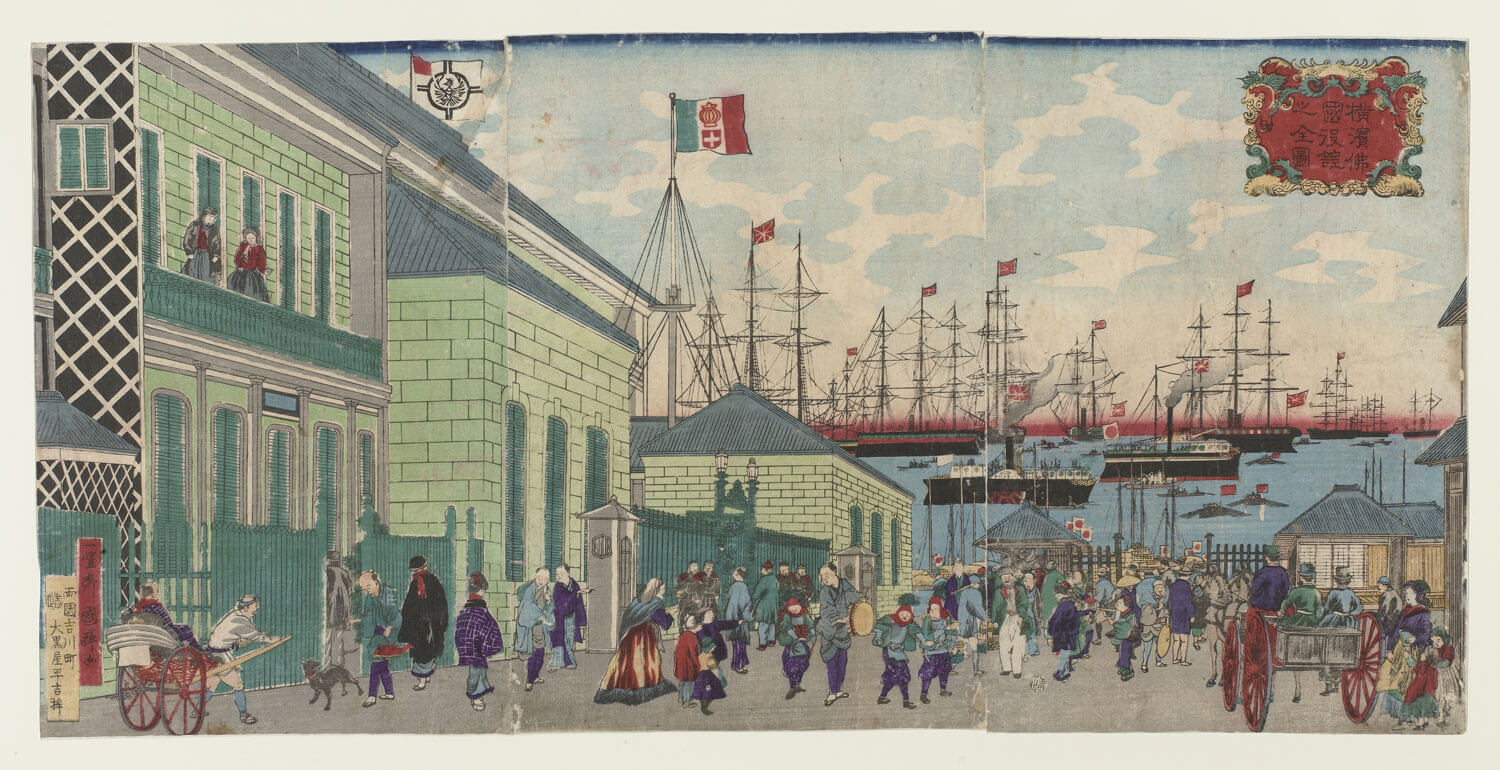
Kuniteru Utagawa, “Vue d'ensemble du quartier français de Yokohama” (estampe), 1872. © RMN-GP (MNAAG, Paris) / Thierry Ollivier
Considered a revolutionary period, the Meiji era (1868-1912) brought a great deal to Japan in terms of modernisation.
All these developments were addressed by artists in different media and assembled by the Guimet National Museum of Asian Arts (MNAAG) as part of the exhibition Meiji, Splendours of Imperial Japan, held from 17th October 2018 until 14th January 2019.
Showcasing links between Japanese and European artists
Goldwork, painted shutters, photographs, textiles, paintings, bronze statues and ceramics all illustrated this cultural revolution. A number of important figures from the Japanese artistic canon were also highlighted, including Kawanabe Kyosai and Shibata Zeshin, known for their innovative and daring style.
This retrospective also marked an opportunity to discover the intrinsic links between European and Japanese creators and artists. Their work, much of which was taken from public and private European collections (such as those of the MNAAG, the Victoria and Albert Museum and the British Museum), were displayed in parallel to reveal the similarities.
Meiji, Splendours of Imperial Japan (2018), an exhibition held at the Guimet National Museum of Asian Arts from 17 October 2018 until 14 January 2019.
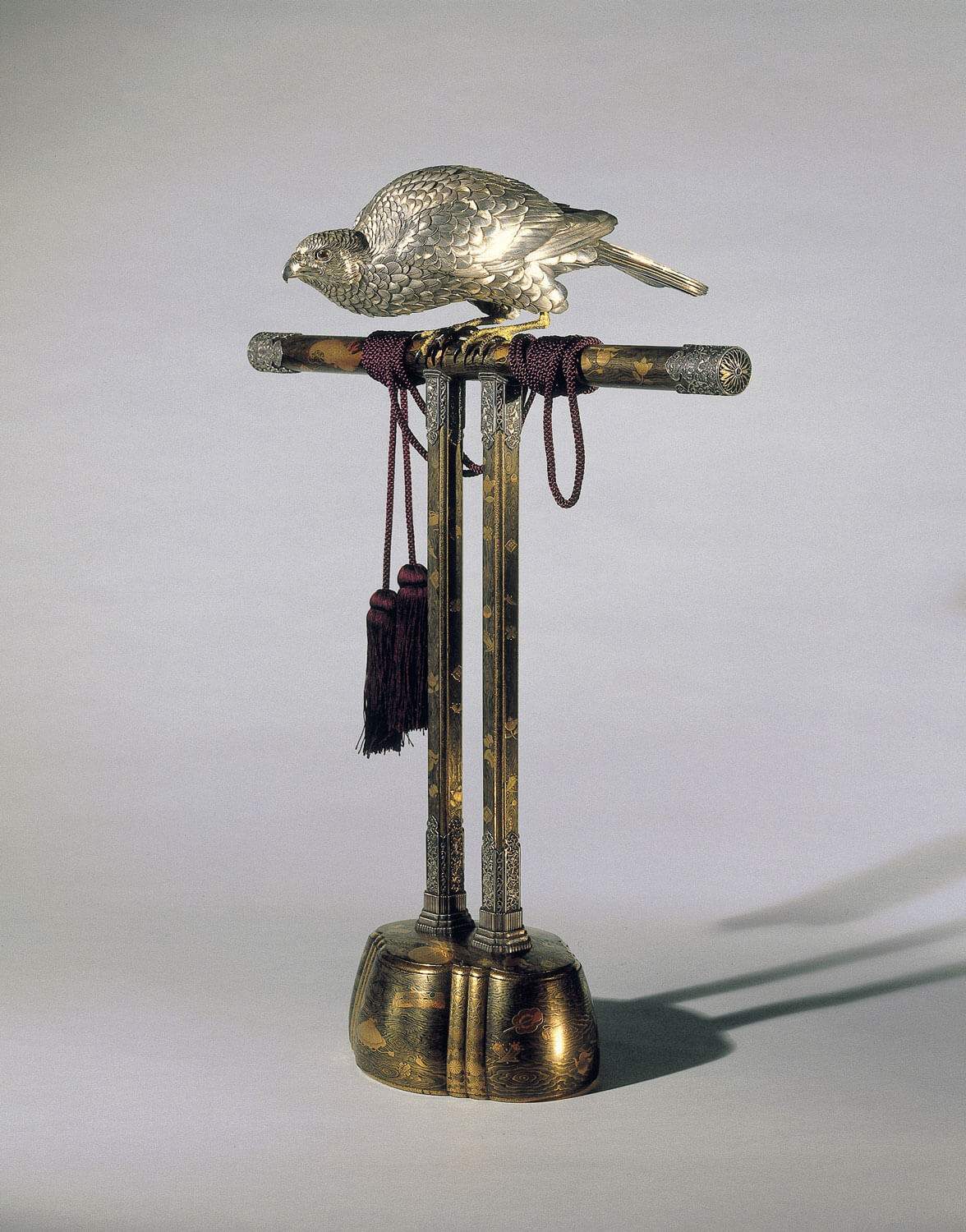
“Brûle-parfum en forme de faucon”, Sano Takachika, argent, or, bronze doré et laqué, Japon, vers 1890, H : 68,3 cm, Collection Khalili, Londres © The Khalili Collections of Japanese Art
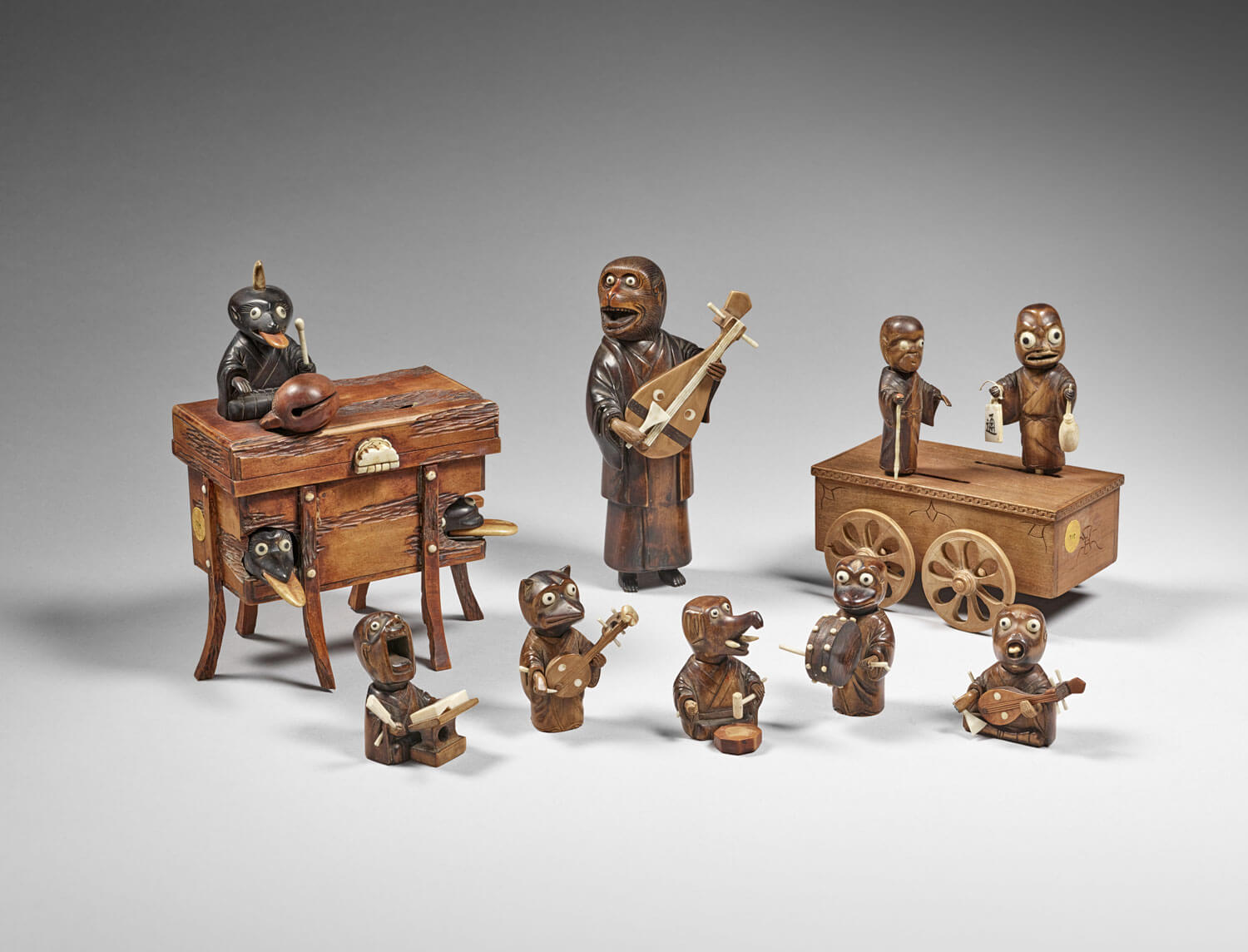
“Orchestre de monstres - bois et cornes -” Japon, seconde moitié du XIXème siècle. MNAAG Paris, Dist. RMN-GP / Thierry Ollivier
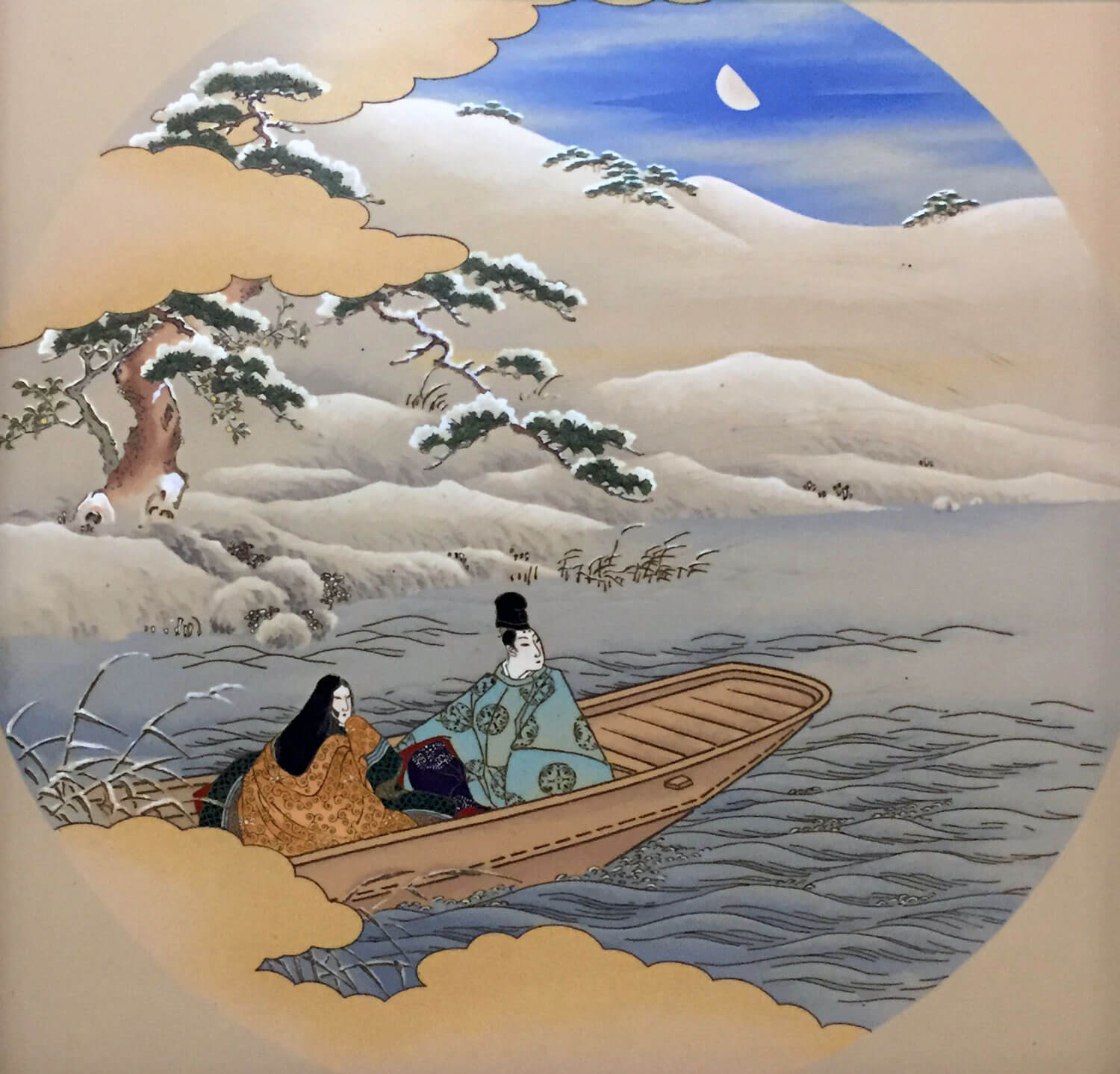
“Promenade à bord d’une barque”, illustration du chapitre “Ukifune” du “Dit du Genji”, émaux cloisonnés, Japon, vers 1901, 69 x 69 cm, Collection Khalili, Londres © The Khalili Collections of Japanese Art
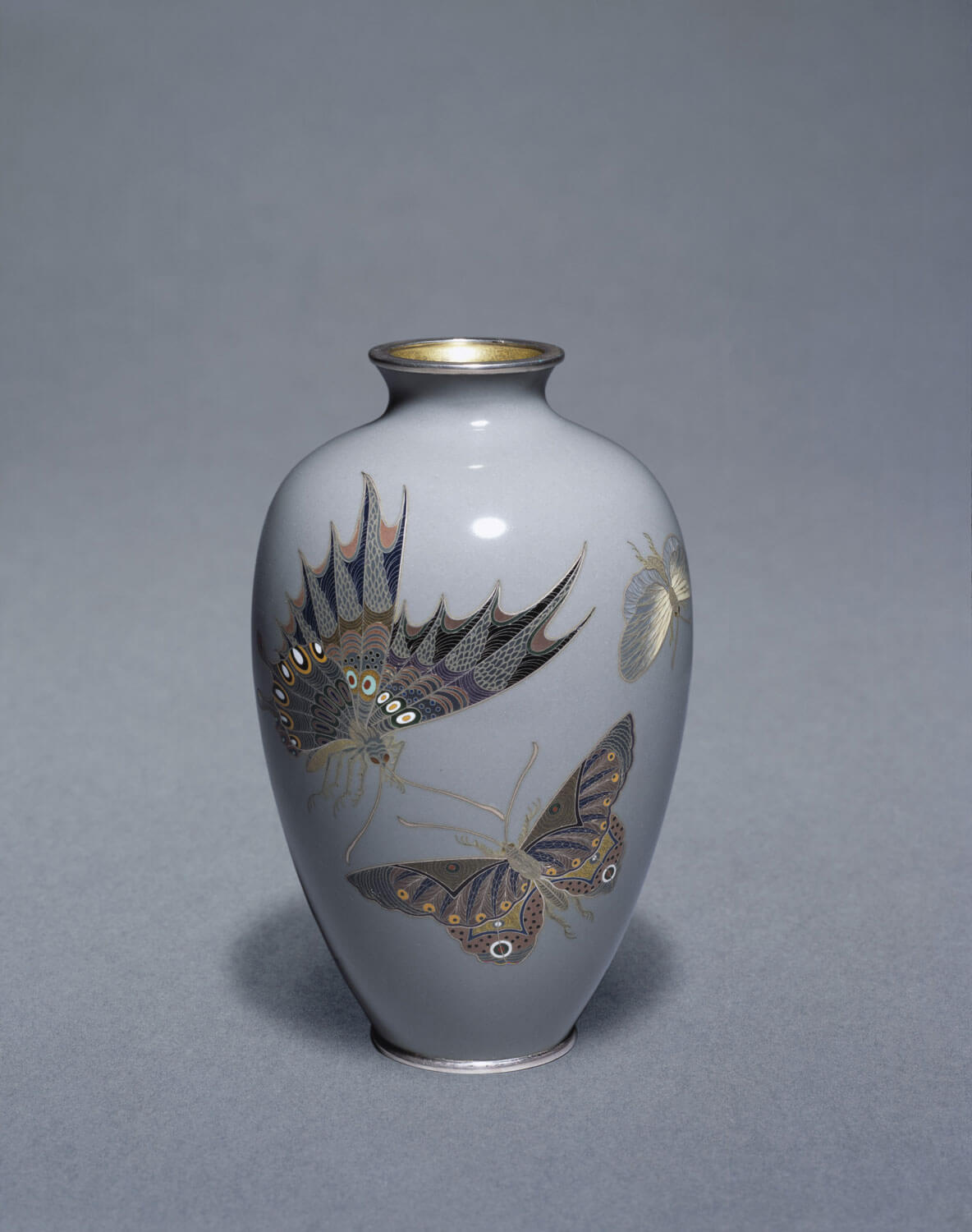
“Vase à décor de papillons” © Victoria and Albert Museum, London

“Pont Tenjin à Osaka”, Musée Guimet © MNAAG, Paris
TRENDING
-
The Tattoos that Marked the Criminals of the Edo Period
Traditional tattoos were strong signifiers; murderers had head tattoos, while theft might result in an arm tattoo.

-
Chiharu Shiota, Red Threads of the Soul
Last year, more than 660,000 people visited the retrospective 'Chiharu Shiota: The Soul Trembles' exhibit at the Mori Art Museum.

-
‘Before Doubting Others, Doubt Yourself. Who Can Truly Say a Dish Isn’t What It Used to Be?’
In ‘A Non-Conformist’s Guide to Surviving Society’, author Satoshi Ogawa shares his strategies for navigating everyday life.

-
The Story of Sada Yacco, the Geisha who Bewitched Europe
Described by Dazed magazine as the first beauty influencer, she has been restored to her former glory since 2019.

-
Ito Jakuchu's Naturalist Paintings
From 15 September until 14 October 2018, the Petit Palais showcased the artist's iconic ‘Images of the Colourful Realm of Living Beings’.





